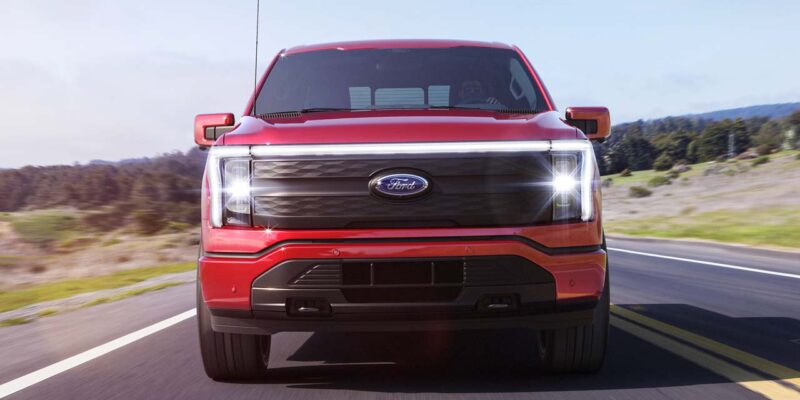While there’s a lot of hype around the benefits of EVs, we’re really only scratching the surface of how far electric vehicles can take us. Though still in its early days, bidirectional charging systems are expanding the use of EVs far beyond transportation.
Most EVs (hello Tesla) currently use unidirectional charging systems — a process that takes electricity from the grid and converts it into power for the car. This model is quickly becoming outdated though, because new EVs are paving the way to a two-way street.
Built-in bidirectional charging systems are available in a couple different EV models, and they work in different ways.
Vehicle-to-grid (V2G) systems send power back to power companies during peak hours, and charge your EV during low-usage hours, saving you money and reducing strain on the grid. You’ll see this only in the Nissan Leaf right now.
Vehicle-to-house (V2H) systems take energy from the vehicle’s battery and use it to power a home or building, serving as a backup during power outages. The Ford F-150 Lightning is the only vehicle that offers this for now, and it can power a home for an astounding 3 to 10 days when rationed.
You’ll need to buy a bidirectional charger for V2G and V2H to work, but vehicle-to-load (V2L) systems use inverters to provide enough power to charge home appliances and large electronic devices without special equipment. You can find this in the Kia EV6 and Hyundai Ioniq.
Where are headed in the long run? The future is V2X, or vehicle-to-everything. EV manufacturers are working to integrate all bidirectional charging types for simplicity. And with that it’s clear that we’re just beginning to discover all the other uses for EVs, making them so much more than just a way to get from here to there.

















Comments